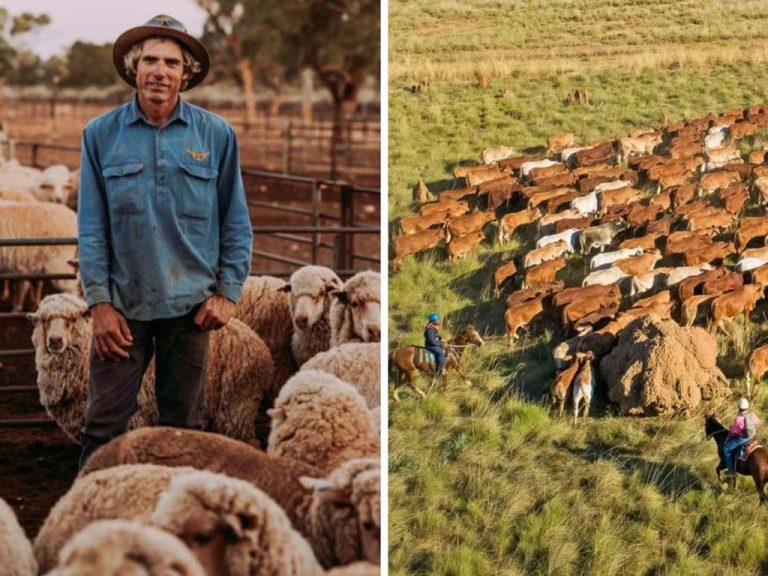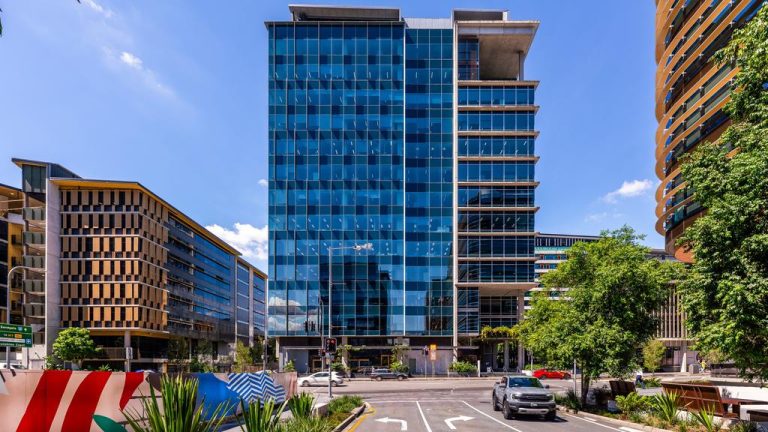Growing demand for retirement living is driving development boom

Demand for dwellings targeting seniors has been steadily rising over the past decade, with Australia’s ageing population, as well as changing perceptions around retirement living, key drivers.
Developers are quickly catching on with the number of shovel-ready retirement living projects already 97% higher compared to 2020 and 173% higher than in 2019, according to an analysis of BCI Australia data by REA Insights.
Beyond 2021, there are 60 projects at various stages in the development pipeline, with more likely to be added.
Retirement projects are surging in warmer states
Queensland and NSW are home to the bulk of new retirement living developments, accounting for 34% and 33% of upcoming projects respectively, according to BCI Australia. Despite Victoria being Australia’s second most populous state, only 18% of upcoming developments are located in the state, with many Victorians choosing to retire north to warmer weather.
Regional areas across most of Australia are particularly popular and are home to 66% of Australia’s upcoming retirement projects, according to the same analysis.
The ACT and Northern Territory are the exceptions, with all new developments in the territories located in Greater Canberra or Darwin.

While seniors do want to live near the coast, they don’t want to be too far from cities. Picture: Getty
Lifestyle is an important driver of where people are looking to retire, with the most in-demand senior living options located close to coastal areas. Developers are targeting this demand, with a significant number of upcoming developments located on the Sunshine and Fraser Coasts in Queensland, and the Central Coast in NSW.
Despite a strong preference for tree-change and sea-change suburbs, retirees do not want to be too far away from family and friends, and they also want good access to amenities. The most in-demand regional locations therefore tend to be in areas not too far away from major cities or townships.
What is driving demand?
There are several factors driving demand for retirement living, the first being Australia’s ageing population. Currently around 16% of Australians are aged 65 or over, with that figure predicted to exceed 20% in the next 15 years, according to the Australian Bureau of Statistics.
Another factor driving demand is a shift in perceptions around what retirement living offers and who it is for. Many retirement living options are open to residents from ages 50-55 and up. This is below the age at which many Australians choose to retire, and indeed, some residents are still in the workforce.

Retirement living developments with swimming pools appeal to older Australians seeking an active lifestyle. Picture: Getty
Many developers are appealing to buyers looking to live an active lifestyle by including features such as pools, tennis courts, golf courses and indoor cinemas. With a sense of community important to many seniors, many developments also feature indoor and outdoor communal spaces where regular events are held for residents.
As the quality of retirement living continues to grow, and perceptions around what it offers and who it is for continue to broaden, demand for these properties is likely to continue to grow. Australia’s ageing population will further this demand and as a result, the number of new developments targeting seniors is predicted to remain strong over the coming years.







